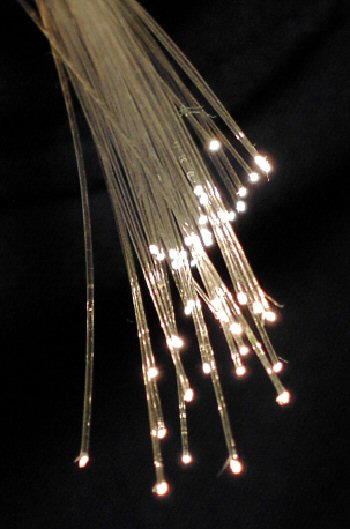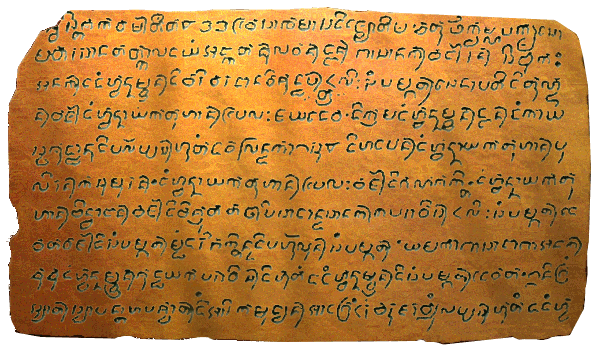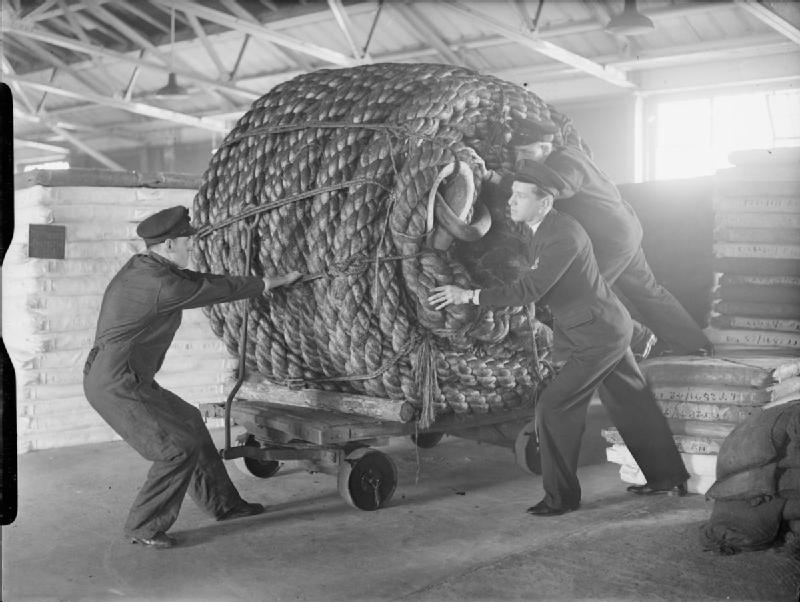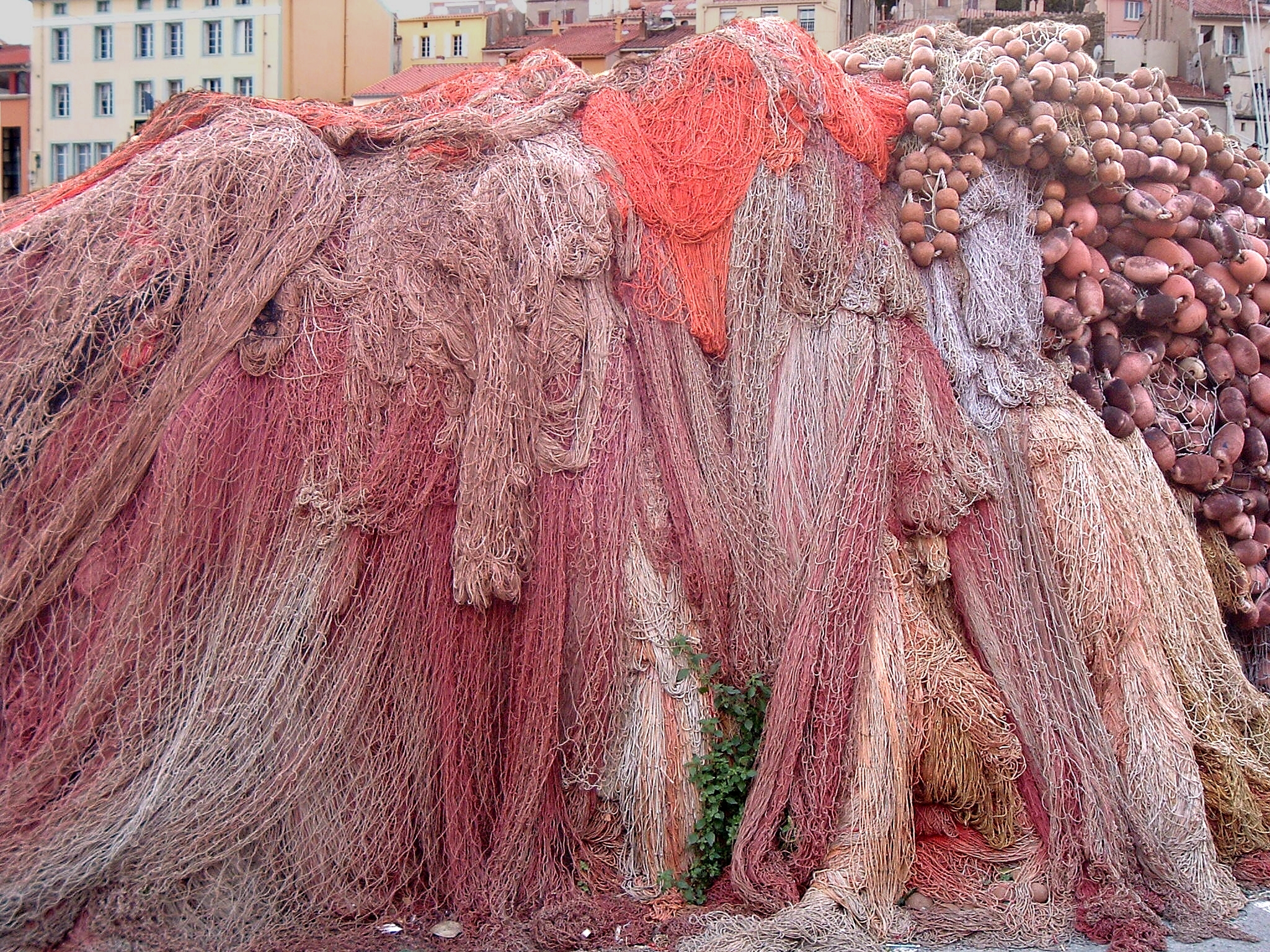|
Manila Rope
Manila rope is a type of rope made from manila hemp. Manila hemp is a type of fiber obtained from the leaves of the abacá. It is not actually hemp, but named so because hemp was long a major source of fiber, and other fibers were sometimes named after it. The name refers to the capital of the Philippines, one of the main producers of abacá. Applications and properties Manila rope is very durable, flexible, and resistant to salt water damage, allowing its use in rope, hawsers, ships' lines, and fishing nets."abaca" ''''. 22 January 2007. It can be used to make handcrafts like bags, carpets, clothing, furniture, and hangings. Manila ropes shrink when they become wet. This ... [...More Info...] [...Related Items...] OR: [Wikipedia] [Google] [Baidu] |
Manila Rope Is Examined For Defects, Brooklyn Navy Yard, New York, 1941 (26336043982)
Manila ( , ; fil, Maynila, ), officially the City of Manila ( fil, Lungsod ng Maynila, ), is the capital city, capital of the Philippines, and its second-most populous city. It is Cities of the Philippines#Independent cities, highly urbanized and, as of 2019, was the world's List of cities proper by population density, most densely populated city proper. Manila is considered to be a global city and rated as an Alpha – City by Globalization and World Cities Research Network (GaWC). It was the first chartered city in the country, designated as such by the Philippine Commission Act 183 of July 31, 1901. It became autonomous with the passage of Republic Act No. 409, "The Revised Charter of the City of Manila", on June 18, 1949. Manila is considered to be part of the world's original set of global cities because its commercial networks were the first to extend across the Pacific Ocean and connect Asia with the Hispanic America, Spanish Americas through the Manila galleon, galleon ... [...More Info...] [...Related Items...] OR: [Wikipedia] [Google] [Baidu] |
Rope
A rope is a group of yarns, plies, fibres, or strands that are twisted or braided together into a larger and stronger form. Ropes have tensile strength and so can be used for dragging and lifting. Rope is thicker and stronger than similarly constructed cord, string, and twine. Construction Rope may be constructed of any long, stringy, fibrous material, but generally is constructed of certain natural or synthetic fibres. Synthetic fibre ropes are significantly stronger than their natural fibre counterparts, they have a higher tensile strength, they are more resistant to rotting than ropes created from natural fibres, and they can be made to float on water. But synthetic ropes also possess certain disadvantages, including slipperiness, and some can be damaged more easily by UV light. Common natural fibres for rope are Manila hemp, hemp, linen, cotton, coir, jute, straw, and sisal. Synthetic fibres in use for rope-making include polypropylene, nylon, polyesters ... [...More Info...] [...Related Items...] OR: [Wikipedia] [Google] [Baidu] |
Manila Hemp
Manila hemp, also known as abacá, is a type of buff-colored fiber obtained from '' Musa textilis'' (a relative of edible bananas), which is likewise called Manila hemp as well as abacá. It is mostly used for pulping for a range of uses, including specialty papers. It was once used mainly to make Manila rope, but this is now of minor importance. Abacá is an exceptionally strong fibre, nowadays used for special papers like teabag tissue. It is also very expensive, priced several times higher than woodpulp. Manila envelopes and Manila paper take their name from this fibre. It is not actually hemp but is named so because hemp was long a major source of fibre, and other fibres were sometimes named after it. The name refers to the capital of the Philippines, one of the main producers of Manila hemp. The hatmaking straw made from Manila hemp is called ''tagal'' or ''tagal straw''. Diversity The Philippines, especially the Bicol region in Luzon, has the most Manila hemp or ... [...More Info...] [...Related Items...] OR: [Wikipedia] [Google] [Baidu] |
Fiber
Fiber or fibre (from la, fibra, links=no) is a natural or artificial substance that is significantly longer than it is wide. Fibers are often used in the manufacture of other materials. The strongest engineering materials often incorporate fibers, for example carbon fiber and ultra-high-molecular-weight polyethylene. Synthetic fibers can often be produced very cheaply and in large amounts compared to natural fibers, but for clothing natural fibers can give some benefits, such as comfort, over their synthetic counterparts. Natural fibers Natural fibers develop or occur in the fiber shape, and include those produced by plants, animals, and geological processes. They can be classified according to their origin: * Vegetable fibers are generally based on arrangements of cellulose, often with lignin: examples include cotton, hemp, jute, flax, abaca, piña, ramie, sisal, bagasse, and banana. Plant fibers are employed in the manufacture of paper and textile (cloth ... [...More Info...] [...Related Items...] OR: [Wikipedia] [Google] [Baidu] |
Abacá
Abacá ( ; fil, Abaka ), binomial name ''Musa textilis'', is a species of banana native to the Philippines, grown as a commercial crop in the Philippines, Ecuador, and Costa Rica. The plant, also known as Manila hemp, has great economic importance, being harvested for its fiber, also called Manila hemp, extracted from the leaf-stems. Abacá is also the traditional source of lustrous fiber hand-loomed into various indigenous textiles in the Philippines like ''t'nalak'', as well as colonial-era sheer luxury fabrics known as ''nipís''. They are also the source of fibers for ''sinamáy'', a loosely woven stiff material used for textiles as well as in traditional Philippine millinery. The plant grows to , and averages about . The fiber was originally used for making twines and ropes; now most is pulped and used in a variety of specialized paper products including tea bags, filter paper and banknotes. It is classified as a Leaf fiber, hard fiber, along with coir, henequin and sisal ... [...More Info...] [...Related Items...] OR: [Wikipedia] [Google] [Baidu] |
Hemp
Hemp, or industrial hemp, is a botanical class of '' Cannabis sativa'' cultivars grown specifically for industrial or medicinal use. It can be used to make a wide range of products. Along with bamboo, hemp is among the fastest growing plants on Earth. It was also one of the first plants to be spun into usable fiber 50,000 years ago. It can be refined into a variety of commercial items, including paper, rope, textiles, clothing, biodegradable plastics, paint, insulation, biofuel, food, and animal feed. Although chemotype I cannabis and hemp (types II, III, IV, V) are both ''Cannabis sativa'' and contain the psychoactive component tetrahydrocannabinol (THC), they represent distinct cultivar groups, typically with unique phytochemical compositions and uses. Hemp typically has lower concentrations of total THC and may have higher concentrations of cannabidiol (CBD), which potentially mitigates the psychoactive effects of THC. The legality of hemp varies widely among c ... [...More Info...] [...Related Items...] OR: [Wikipedia] [Google] [Baidu] |
Manila
Manila ( , ; fil, Maynila, ), officially the City of Manila ( fil, Lungsod ng Maynila, ), is the capital city, capital of the Philippines, and its second-most populous city. It is Cities of the Philippines#Independent cities, highly urbanized and, as of 2019, was the world's List of cities proper by population density, most densely populated city proper. Manila is considered to be a global city and rated as an Alpha – City by Globalization and World Cities Research Network (GaWC). It was the first chartered city in the country, designated as such by the Philippine Commission Act 183 of July 31, 1901. It became autonomous with the passage of Republic Act No. 409, "The Revised Charter of the City of Manila", on June 18, 1949. Manila is considered to be part of the world's original set of global cities because its commercial networks were the first to extend across the Pacific Ocean and connect Asia with the Hispanic America, Spanish Americas through the Manila galleon, galleon ... [...More Info...] [...Related Items...] OR: [Wikipedia] [Google] [Baidu] |
Philippines
The Philippines (; fil, Pilipinas, links=no), officially the Republic of the Philippines ( fil, Republika ng Pilipinas, links=no), * bik, Republika kan Filipinas * ceb, Republika sa Pilipinas * cbk, República de Filipinas * hil, Republika sang Filipinas * ibg, Republika nat Filipinas * ilo, Republika ti Filipinas * ivv, Republika nu Filipinas * pam, Republika ning Filipinas * krj, Republika kang Pilipinas * mdh, Republika nu Pilipinas * mrw, Republika a Pilipinas * pag, Republika na Filipinas * xsb, Republika nin Pilipinas * sgd, Republika nan Pilipinas * tgl, Republika ng Pilipinas * tsg, Republika sin Pilipinas * war, Republika han Pilipinas * yka, Republika si Pilipinas In the recognized optional languages of the Philippines: * es, República de las Filipinas * ar, جمهورية الفلبين, Jumhūriyyat al-Filibbīn is an archipelagic state, archipelagic country in Southeast Asia. It is situated in the western Pacific Ocean and consists of aro ... [...More Info...] [...Related Items...] OR: [Wikipedia] [Google] [Baidu] |
Seawater
Seawater, or salt water, is water from a sea or ocean. On average, seawater in the world's oceans has a salinity of about 3.5% (35 g/L, 35 ppt, 600 mM). This means that every kilogram (roughly one liter by volume) of seawater has approximately of dissolved salts (predominantly sodium () and chloride () ions). The average density at the surface is 1.025 kg/L. Seawater is denser than both fresh water and pure water (density 1.0 kg/L at ) because the dissolved salts increase the mass by a larger proportion than the volume. The freezing point of seawater decreases as salt concentration increases. At typical salinity, it freezes at about . The coldest seawater still in the liquid state ever recorded was found in 2010, in a stream under an Antarctic glacier: the measured temperature was . Seawater pH is typically limited to a range between 7.5 and 8.4. However, there is no universally accepted reference pH-scale for seawater and the difference between measu ... [...More Info...] [...Related Items...] OR: [Wikipedia] [Google] [Baidu] |
Hawser
Hawser () is a nautical term for a thick cable or rope used in mooring or towing a ship. A hawser passes through a hawsehole, also known as a cat hole, located on the hawse.The American Heritage Dictionary of the English Language, third edition, Houghton Mifflin The asterisk ( ), from Late Latin , from Ancient Greek , ''asteriskos'', "little star", is a typographical symbol. It is so called because it resembles a conventional image of a heraldic star. Computer scientists and mathematicians often vo ... Company, pp. 829–30, References External links * {{Authority control Shipbuilding Sailboat components Sailing ship components Nautical terminology ... [...More Info...] [...Related Items...] OR: [Wikipedia] [Google] [Baidu] |
Fishing Net
A fishing net is a Net (device), net used for fishing. Nets are devices made from fibers woven in a grid-like structure. Some fishing nets are also called fish traps, for example #Fyke nets, fyke nets. Fishing nets are usually meshes formed by knotting a relatively thin thread. Early nets were woven from grasses, flaxes and other fibrous plant material. Later cotton was used. Modern nets are usually made of artificial polyamides like nylon, although nets of organic polyamides such as wool or silk thread were common until recently and are still used. History Fishing nets have been used widely in the past, including by stone age societies. The oldest known fishing net is the net of Antrea, found with other fishing equipment in the Karelian town of Antrea, Grand Duchy of Finland, Finland, in 1913. The net was made from willow, and dates back to 8300 BC. Recently, fishing net sinkers from 27,000 BC were discovered in Korea, making them the oldest fishing implements discovered, ... [...More Info...] [...Related Items...] OR: [Wikipedia] [Google] [Baidu] |
Encyclopædia Britannica
The ( Latin for "British Encyclopædia") is a general knowledge English-language encyclopaedia. It is published by Encyclopædia Britannica, Inc.; the company has existed since the 18th century, although it has changed ownership various times through the centuries. The encyclopaedia is maintained by about 100 full-time editors and more than 4,000 contributors. The 2010 version of the 15th edition, which spans 32 volumes and 32,640 pages, was the last printed edition. Since 2016, it has been published exclusively as an online encyclopaedia. Printed for 244 years, the ''Britannica'' was the longest running in-print encyclopaedia in the English language. It was first published between 1768 and 1771 in the Scottish capital of Edinburgh, as three volumes. The encyclopaedia grew in size: the second edition was 10 volumes, and by its fourth edition (1801–1810) it had expanded to 20 volumes. Its rising stature as a scholarly work helped recruit eminent ... [...More Info...] [...Related Items...] OR: [Wikipedia] [Google] [Baidu] |


_in_balen_op_onderneming_Kali_Telepak_Besoeki_Oost-Java_TMnr_10011535.jpg)



.jpg)


